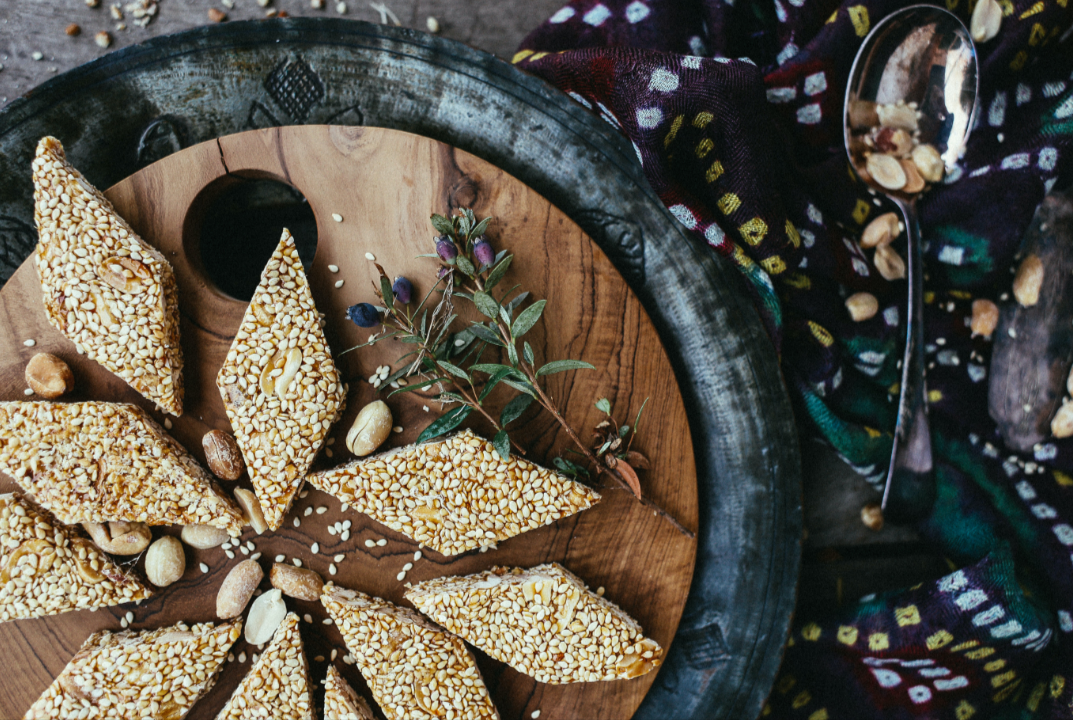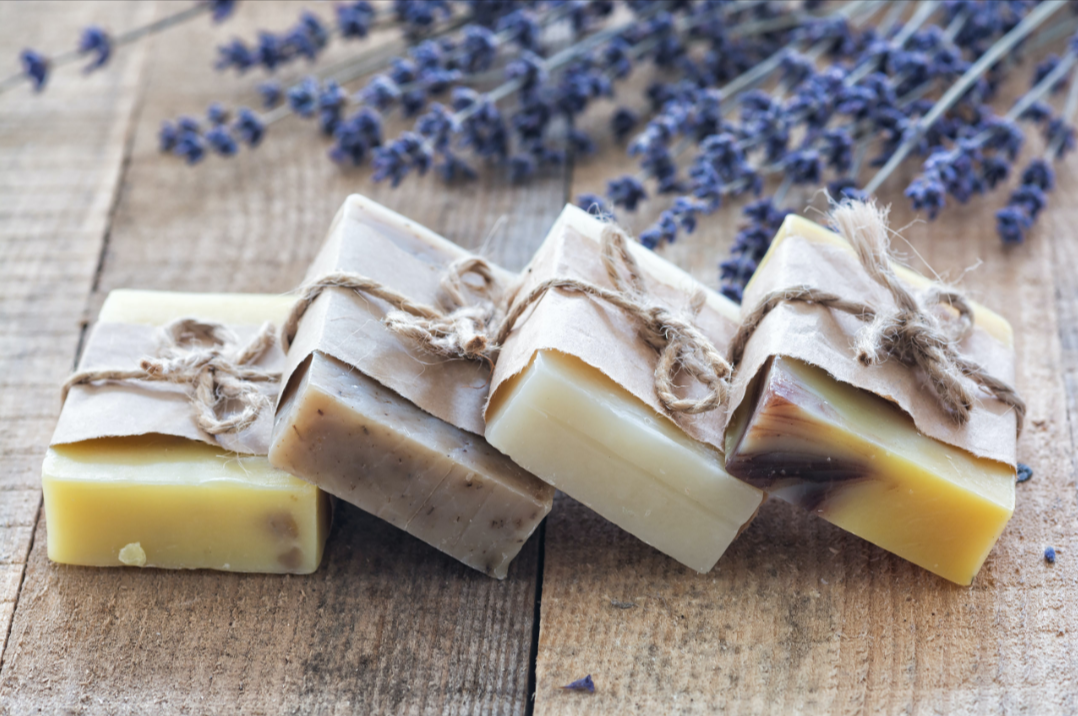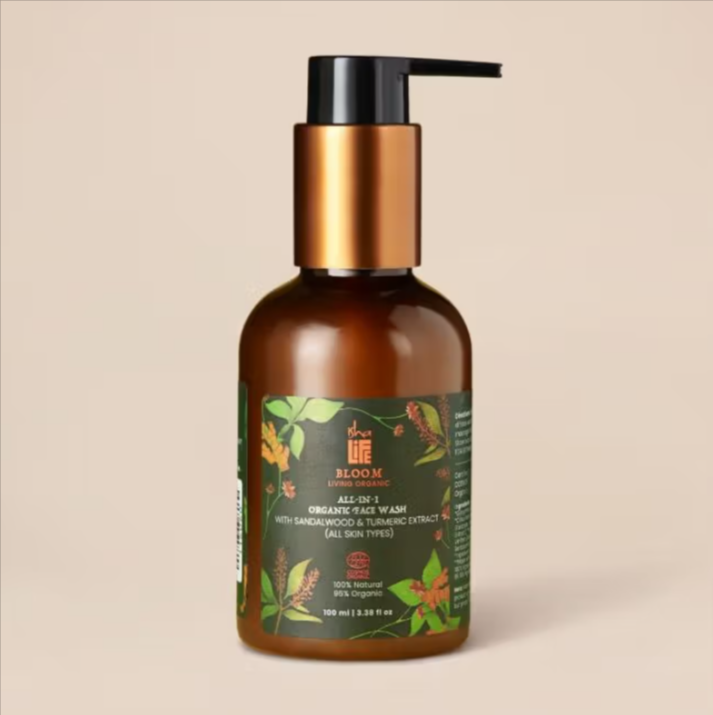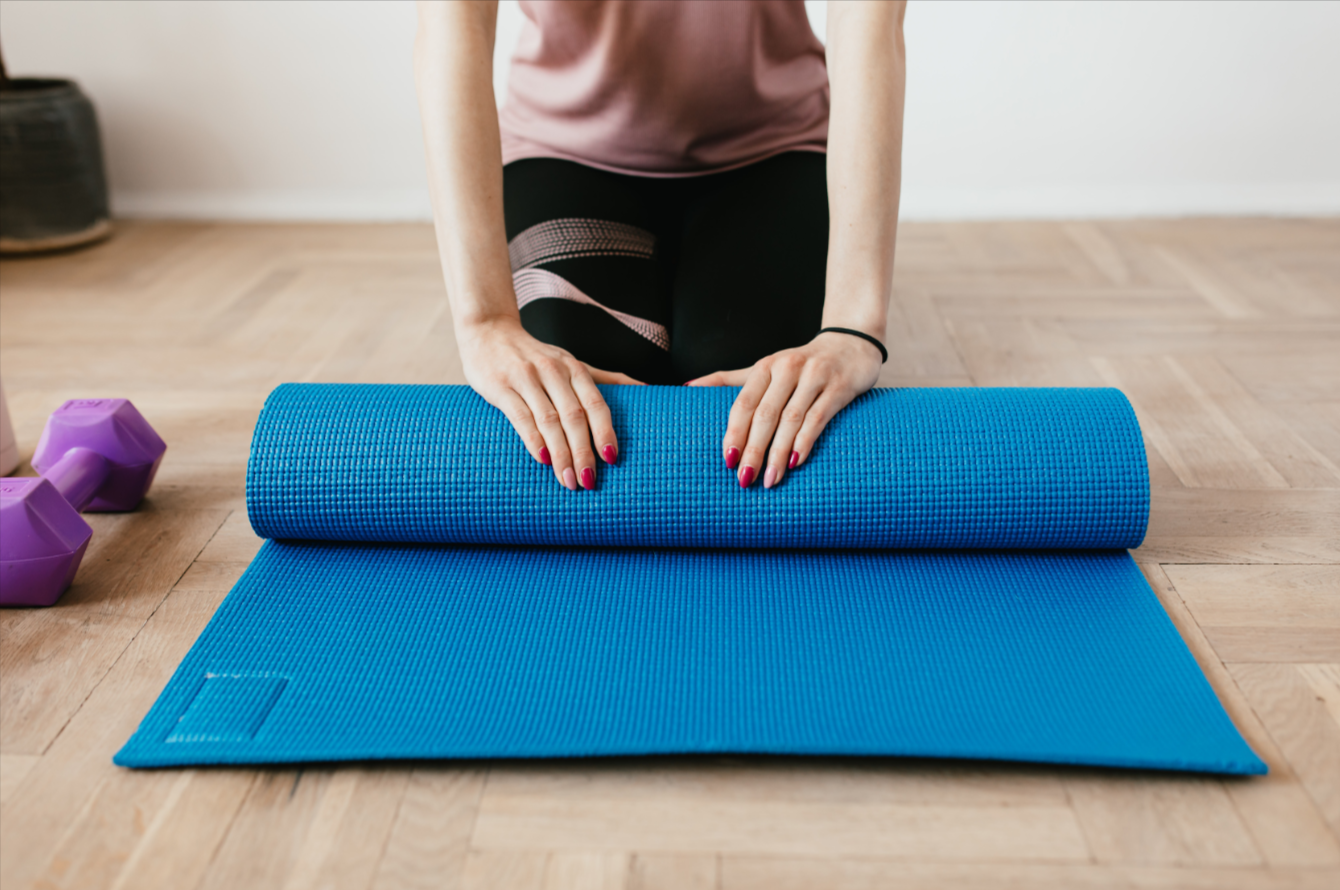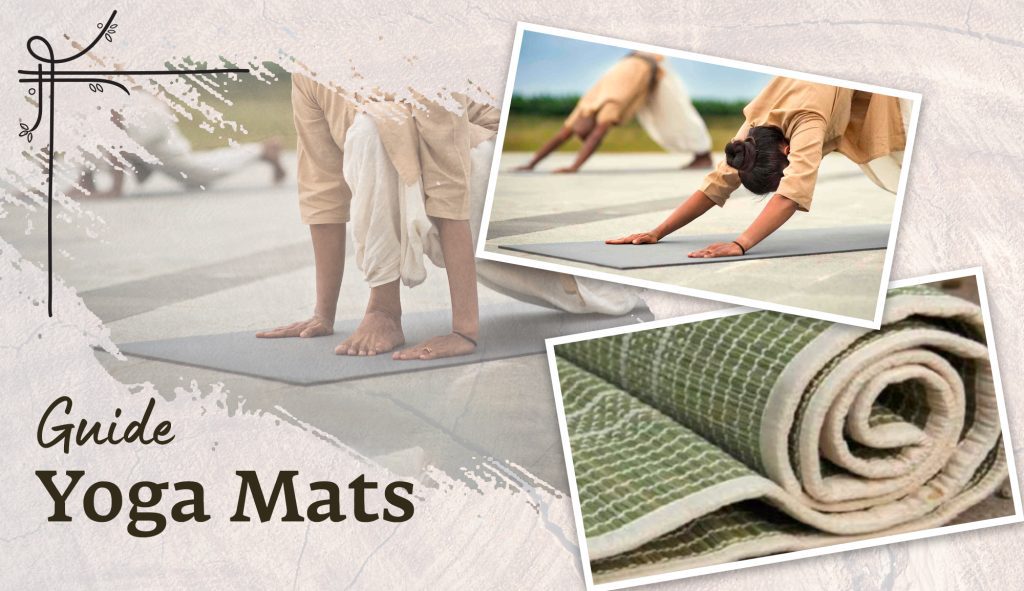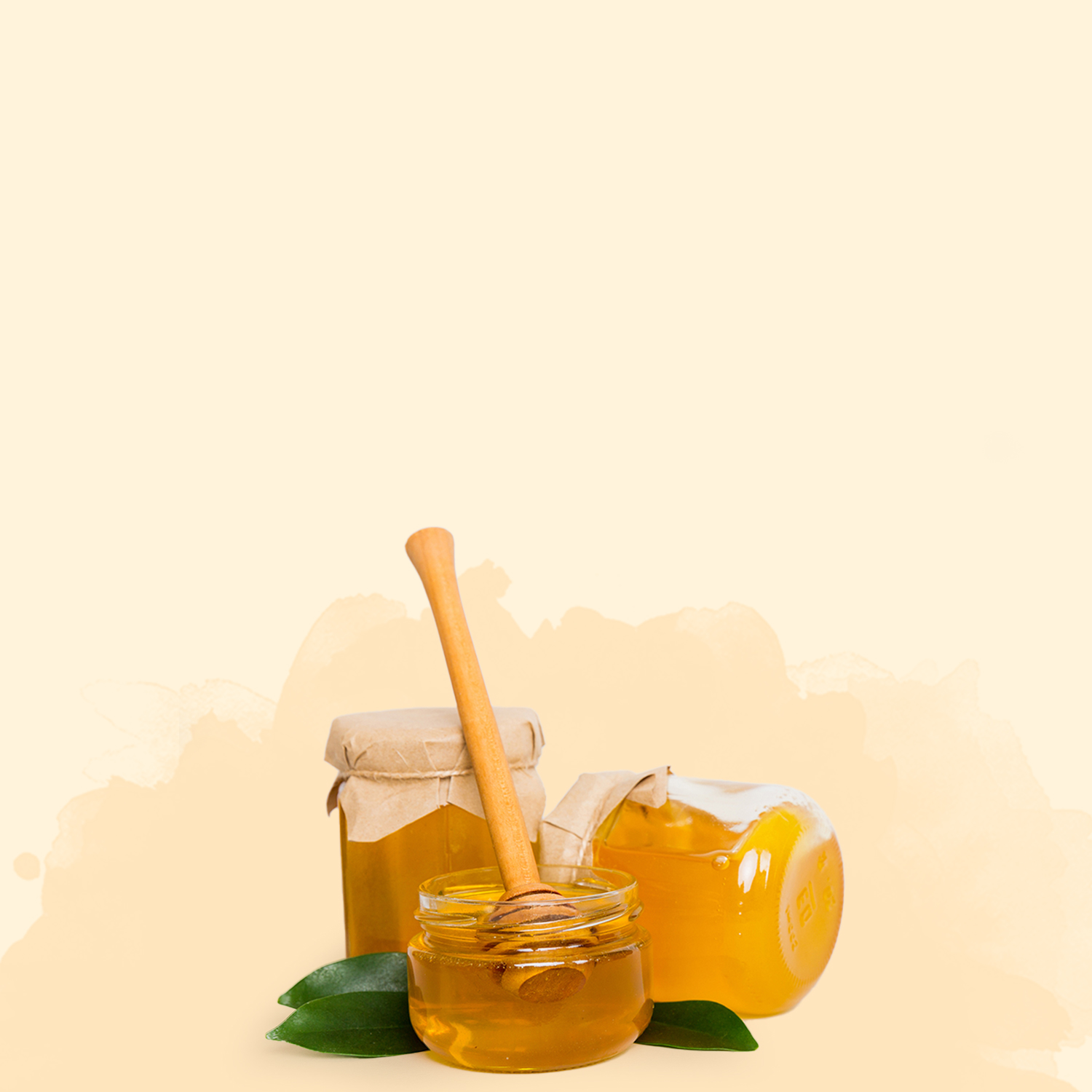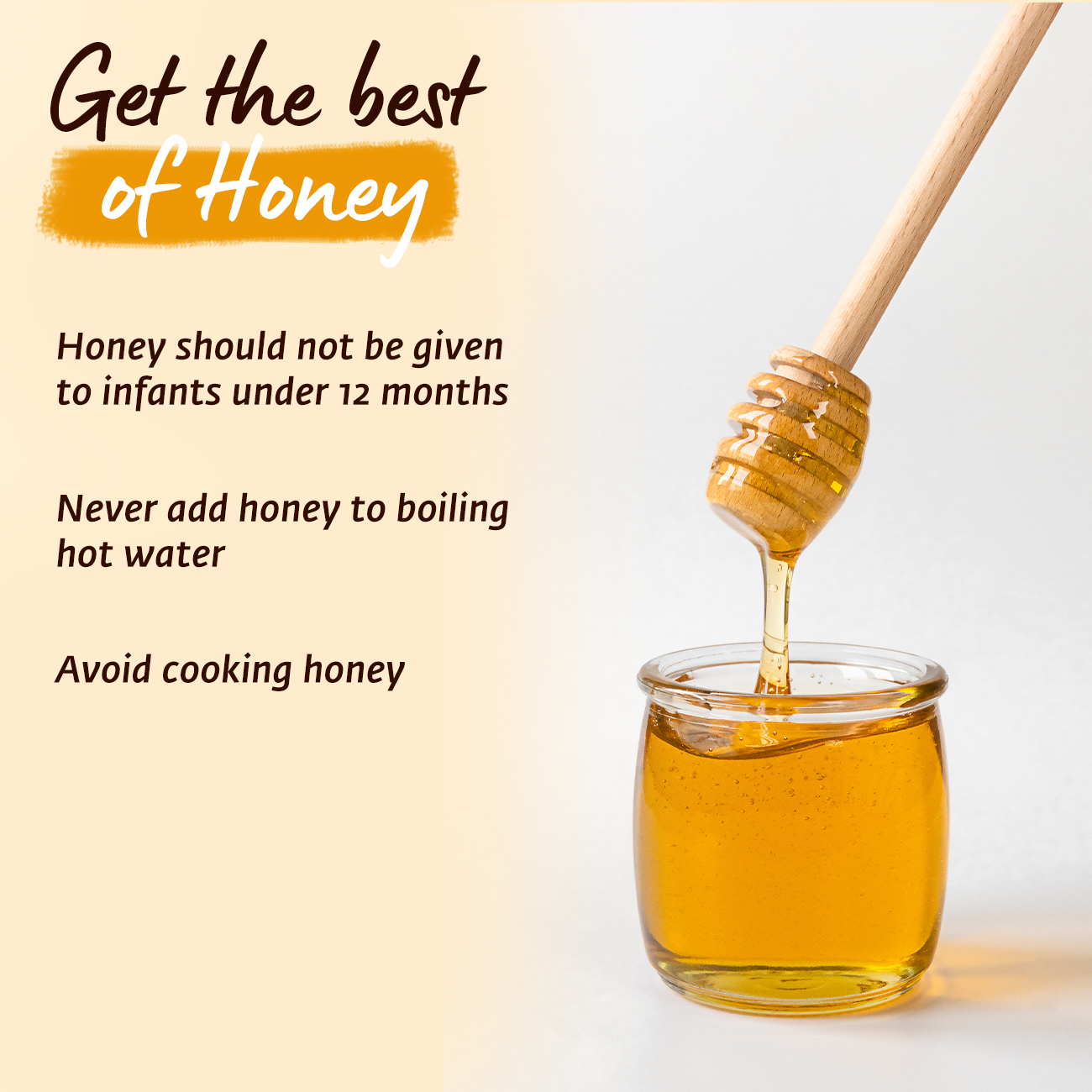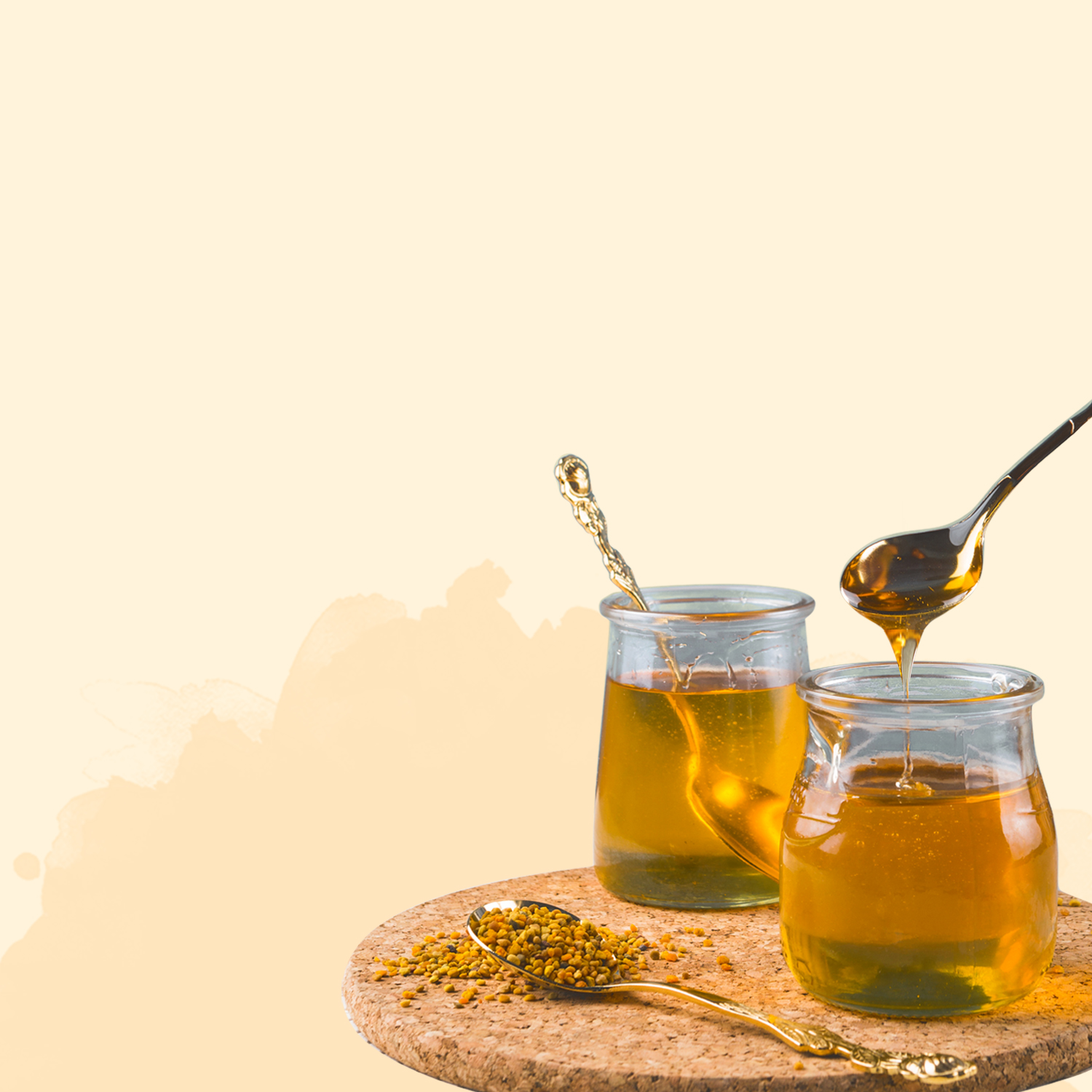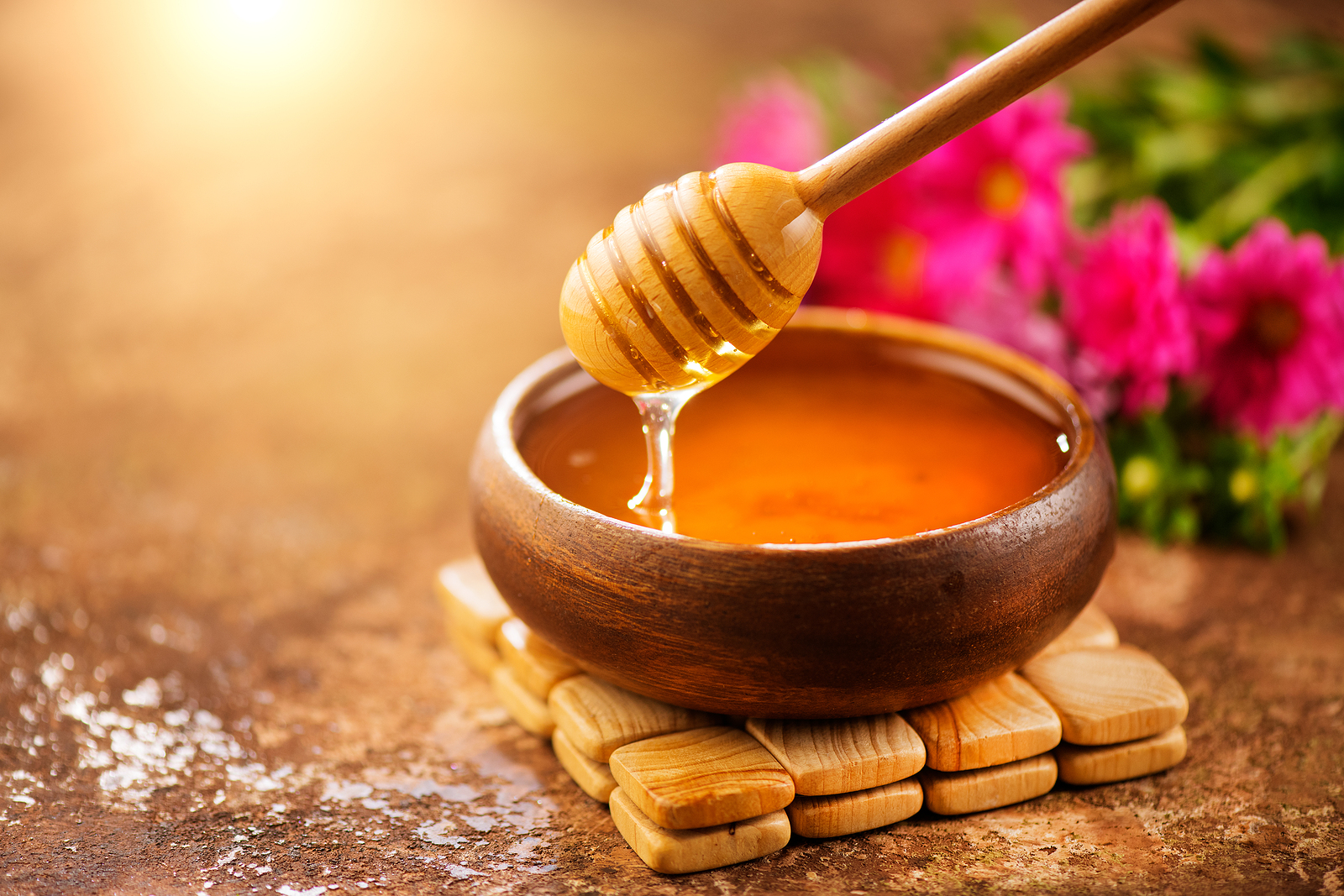Incense has been used as a tool for relaxation, meditation, and spiritual practices for centuries. Its aromatic scents have the ability to transform a space and uplift your mood. Whether you’re new to incense or have been using it for years, this ultimate guide will provide you with all the information you need to fully understand and appreciate this ancient art.
In this article, you’ll learn about the history of incense, its different types, how it’s made, and the various ways it can be used. We’ll also provide tips for selecting the best incense for your needs and how to properly burn and store it. So light up some incense and join us on this aromatic journey!
What is Incense?
Incense is a substance that produces a strong, fragrant smell after being burned. The word ‘incense’ originally comes from the Latin word ‘incendere’ meaning ‘to burn’.
Incense is made from essential oils or plant materials like resins, woods, and herbs that impart a sweet and aromatic scent when they’re burnt. It is often used in religious or spiritual ceremonies, purification, aromatherapy, etc.

History of Burning Incense
Incense has a long and rich history dating back thousands of years. It has been used in many cultures and religions for performing spiritual practices, and rituals, and even as a form of natural aromatherapy.
Incense has a deep-rooted relationship with India. The use of Incense dates back to ancient India where Sambrani was one of the most popular forms of incense. Ancient scriptures like the Rig Veda and the Atharva Veda mention that Sambrani was burned to eliminate bad aromas and purify the surroundings.
The use of Sambrani or Mosquito Agarbatti is still prevalent in Hindu ceremonies and pujas. Traditional Indian households use it as a natural air freshener and even as an insect repellent to keep away flies and mosquitoes. Incense is also an integral part of the Ayurvedic system of medicine as it’s believed to possess medicinal properties that can promote healing and improve your overall well-being!
In addition to its popularity in India, Sambrani has also been used in other parts of the world for similar purposes. For instance, the Chinese use it for religious worship and for creating a positive flow of energy in their surroundings. The Japanese used it for their purification rites. Whereas, people in the western world use it for aromatherapy and for masking unpleasant odours. The use of Incense is prevalent all across the globe, with the largest Incense market being in India.
What are the Benefits of Burning Incense?
Burning incense has been a tradition in many cultures for centuries. It’s believed to have a variety of physical and psychological benefits. Here are a few of the benefits of burning incense:
- Religious Worship and Ceremonies
Incense has been used as an essential part of religious ceremonies and poojas in the Hindu tradition. It’s a way of showing respect to the Gods and Goddesses and purifying the surroundings of bad energies.
Incense is a great way to cleanse your home or office of negative energy. It can also be used as an aid in meditation, helping you feel calmer and focused while you meditate. It has been shown to relieve stress and anxiety, improve concentration, and help with memory loss and insomnia.
Many people burn incense for its therapeutic properties. Different incense scents are thought to have different effects on the body and mind. For example, lavender incense is often used to promote relaxation and calm your nerves, while peppermint incense may help to boost energy and focus.
The soothing aroma of incense can help to reduce stress and promote relaxation. This can be especially beneficial after a long, hard day.
The pleasant smell of incense can help to lift your mood and improve your cognitive function and overall well-being. This can be especially helpful if you are feeling down or anxious.
Incense may also help fight depression by clearing away sadness from your life. In fact, many people report feeling happier after using incense throughout their day. This might also explain why many cultures use incense during times of celebration.
- Increased Focus and Concentration
Some people find that the scent of incense helps them to focus and concentrate better. This can be especially useful while working or studying.
The calming aroma of incense can help to induce better sleep. This is particularly true of scents like lavender and vanilla, which are known for their relaxation properties. Some studies have even found that burning incense can improve sleep quality and reduce the risk of insomnia.
One of the primary benefits of burning incense is its ability to improve air quality. Many incenses contains essential oils, which can help to purify the air and eliminate odors. In addition, the aromatic smoke produced by burning incense can help to relax the mind and body, making it a popular choice for use in meditation and yoga practices.
In many cultures, burning incense is a spiritual practice. It is thought to help connect people with the divine and bring them closer to their higher selves.
Incense or Sambrani is a natural mosquito repellent that can be used to keep away mosquitoes, flies, and insects. The smoke released from burning sambrani or mosquito agarbatti is considered to be refreshing for the environment.
Because it’s made up of natural ingredients, it doesn’t cause harm to the environment and has no side effects on humans or animals. So, you don’t have to worry about your health when using it!
Overall, burning incense in your home can have a wide range of benefits, from improving your mood and reducing stress to purifying the air and promoting a night of better sleep. The benefits of burning incense may vary depending on the type of incense being used.
Some incense blends may be more effective at improving air quality or reducing stress, while others may be better suited for use in meditation or spiritual rituals. You can try experimenting with different types of incense to find the best one that suits your needs.
How is Incense or Sambrani Made?
Sambrani, also called Benzoin Resin, is an aromatic resin obtained from the bark of various species of trees belonging to the Styrax genus. This resin is dried and converted into a powdered form.
Then, this powder is mixed with combustible binding materials like charcoal or powdered wood that help the incense ignite and disperse in the surroundings. (Keep reading to know the ingredients and the process involved in the preparation of incense!)
The smoke released from the burning Sambrani is believed to have a purifying effect on the environment and can help in clearing negative energy.
If you wish to use Sambrani effectively during your yoga or meditation session, you should try burning some soothing flavors of incense from Isha Life to create an ambient and conducive atmosphere.
What are the Different Types of Incense?
Incense is used by people across the globe in different forms. You might’ve come across them in the local markets as well. Let’s take a look at the popular types of incense.
Stick incense is the most popular form of Incense because it’s easy to hold and convenient to carry. It’s essentially made by rolling a mixture of powdered incense and a binder like wood powder or charcoal together to form a stick shape. You’ll find it being used in various rituals and ceremonies across India. Many people even use Agarbatti stands to place incense sticks before gods and deities.
Incense cones are made by pressing a mixture of powdered incense into cone shapes. The structure of the cone incense makes it easy to be placed on any flat surface.
The specialty of this type of incense is that it burns with a stronger aroma and doesn’t scatter the remains of incense. However, it burns up quickly and lasts for a lesser time than stick incense.
Powdered incense is the raw form of incense. It comprises raw granules of incense that are burned on charcoal bricks or on a special incense burner. This is a more potent form of incense that imparts more fragrance in very small amounts of incense. It is popularly used in aromatherapy to create a pleasant experience and promote relaxation.
Dhoop sticks are made by molding incense powder into a thin cylindrical shape. They are highly concentrated incense scents that burn for longer duration and emit more smoke. Dhoop agarbatti doesn’t use any wooden sticks for support.
If you wish to try dhoop stick incense, you can check out Isha Life’s Instant Herbal Dhoop Agarbatti which blends the benefits of Chaste, Neem, and Tulsi to induce a pure and calming ambiance.
What are the Ingredients Used for Making Incense?
The ingredients used in incense can vary greatly depending on the type of incense and its intended use. Usually, it’s made up of a mixture of natural ingredients like herbs, resins, gums, and oils. Following are the ingredients commonly used for preparing incense.
Incense is typically made from a combination of base materials that hold the incense together and give it a specific form, like a stick or a cone. These materials can include things like gums, resins, and waxes.
A fragrant aroma is introduced in incense by the addition of various plant materials, such as wood, leaves, flowers, roots, and seeds. These materials are ground into a fine powder before being mixed with the base materials.
Essential oils are concentrated extracts of plants. They are often added to incense to enhance its fragrance and give it a more enchanting aroma.
Incense can also be made with various spices, such as clove, cinnamon, and cardamom, that can add warmth and depth to the fragrance.
Some incense also uses coloring agents, such as natural dyes or pigments. These impart an intense color to the incense. For example, Black, Brown, Blue, and Cherry, are popular incense stick colors.
Though incense is usually made of natural materials, some incense can contain harmful ingredients. These include synthetic fragrances or chemicals that can have a negative on your health. Let’s take a look at the harmful ingredients present in incense.
Harmful Ingredients in Incense
Incense fragrances have been used for centuries around the world for a variety of purposes. However, the use of harmful, toxic, and synthetic chemicals in the production of incense fragrances has become a significant concern in recent years. These chemicals can have serious negative effects on human health and the environment.
There are various harmful ingredients that can be found in incense products. These include heavy metals, carcinogenic chemicals, and pesticides. They are essentially used to increase the incense’s shelf life, the intensity of the fragrance, or burning time.
Why is Incense So Cheap?
Have you ever wondered why perfumes and deodorants are expensive but incense is available at super cheap prices? Well, here’s the truth!
One of the main reasons why harmful chemicals are used in the production of incense fragrances is to cut down costs. Synthetic fragrances are often cheaper to manufacture as compared to natural fragrances. This allows companies to produce incense at a lower cost and increase their profits multifold.
While these fragrances may smell similar to natural fragrances, they can have serious consequences on human health and the environment. Therefore, it is important to be aware of the ingredients used in incense fragrances and to choose products that are made with natural and organic ingredients.
But how do you find out which incense is safe for you? Let’s understand that below.
How Long Do Incense Sticks Usually Burn and How to Increase Their Burning Duration?
The burning duration of an incense stick depends on a number of factors, including its size, shape, and the materials it is made from. In general, organic incense sticks tend to burn for shorter periods of time than sticks made from synthetic materials.
For example, an organic incense stick made from essential oils and plant resins might burn for 30-45 minutes, while a synthetic incense stick may burn for anywhere between 60-90 minutes. Isha Incense burns for over 35 minutes.
Usually, brands use chemicals and synthetic materials to increase the burn time of incense sticks. But if you’re looking for ways to increase the burn time of your incense sticks naturally, check out the following tips.
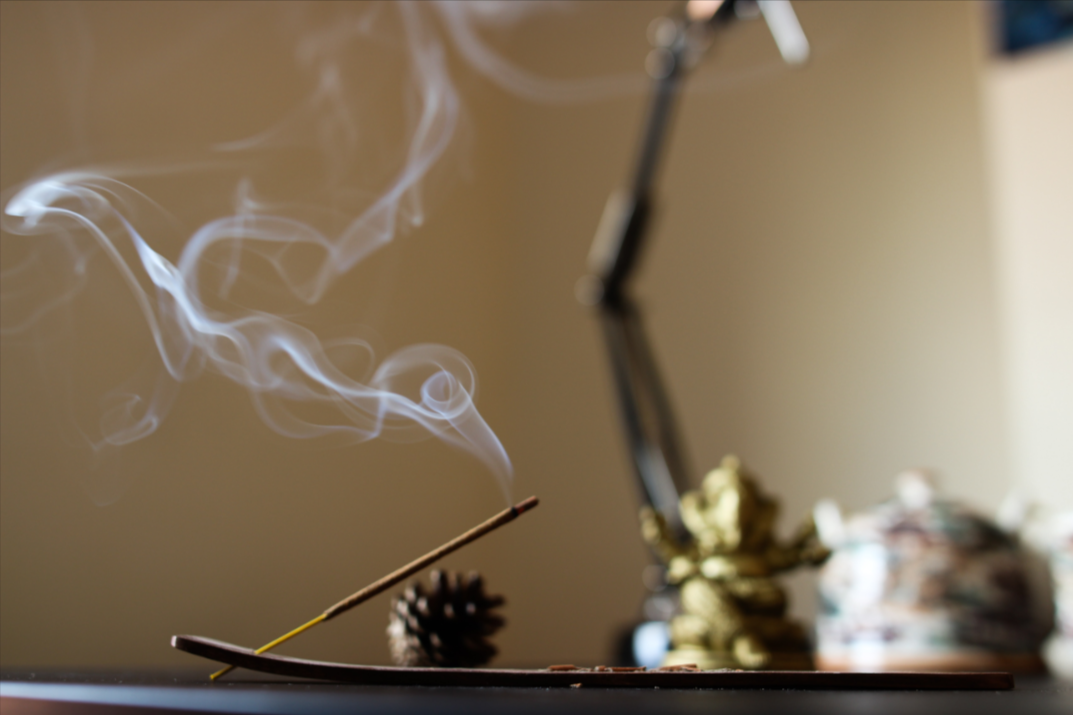
- Use Appropriate Incense Stick Holder
To extend the burning duration of your incense stick, you should use an incense stick holder or incense burner that is specifically designed to burn incense sticks slowly and evenly.
These incense burners or holders often have a small hole or opening at the bottom, which allows the incense stick to burn slowly as the heat is dissipated.
Some incense burners and holders also have a built-in air circulation system that helps to keep the incense stick burning for a longer period of time. You can also take a look at the unique designs of Incense Holders by Isha Life!
- Trim the end of the incense stick
Before lighting up your incense stick, simply remove a small portion off its end. This will expose more of the incense material to the flame, which can keep it burning for longer duration. However, be careful not to trim too much as this can cause the incense stick to burn too quickly.
Lighting the incense stick with a A larger flame can cause it to burn more quickly. so always a smaller flame to extend the burning duration. This can be achieved by using a small candle, lighter, or matchstick instead of larger flames.
- Store incense sticks properly
Incense sticks that are stored in humid or damp conditions can become brittle and burn more quickly. To prevent this, always store incense sticks in a dry and cool place and keep them away from direct sunlight.
This is a little known trick, but lightly dipping the incense stick in water and then lighting it up makes it burn for longer. This is because the moisture absorbed by the stick tends to slow down the burning.
In conclusion, there are several ways to increase the burning duration of incense sticks without using any harmful chemicals. By using these tips, you can enjoy the benefits of incense sticks for long periods of time.
Chemical Incense vs Natural Incense
In contrast with chemical incense that’s packed with toxic synthetic chemicals, natural and organic incense is made with pure and natural ingredients sourced from nature. These include essential oils or plant resins in powdered form.
| |
|---|
Made of synthetic chemicals | Made of natural ingredients |
| |
Includes phthalates, benzene, & formaldehyde | Include essential oils or plant resins |
May cause allergic reactions | Safe for people & environment |
| |
|---|
Made of synthetic chemicals | Made of natural ingredients |
| |
Includes phthalates, benzene, & formaldehyde | Include essential oils or plant resins |
May cause allergic reactions | Safe for people & environment |
Not only are these ingredients safe for human health, but they also have therapeutic benefits. For example, certain essential oils can have calming and uplifting effects on your mind, while others can have antibacterial and antiviral properties.
The cost of preparing incense with natural ingredients is often higher than the cost of making incense with synthetic and harmful chemicals. Though organic incense fragrances may be more expensive to produce, they are worth the investment for the long-term health and well-being of you, your family, and the environment.
Thus, it is important to be aware of the ingredients in the incense you use and to choose incense made with natural ingredients. By making informed choices, we can protect our health and the environment and enjoy the benefits of incense fragrances in a safe and natural way.
How is Incense used at Isha Life?
The use of Incense or Sambrani is a common practice at Isha Yoga Center and at various programs hosted by the Isha Foundation. It is believed to possess purifying and uplifting properties and is often used to create a positive and sacred atmosphere in the ashrams.

In addition to being used in spiritual practices, Sambrani is also used in various programs hosted by the Isha Foundation. These include yoga classes, meditation sessions, cultural events, social initiatives, etc. Incense is also used during meditation, kriya, nadi shodhanam, and upa yoga.
Sambrani finds an essential place in one of Sadhguru’s iconic programs called the Inner Engineering retreat. It’s a seven-day program designed to help individuals find stability and balance in their lives. During the retreat, Sambrani is often burned in the meditation hall, creating a calming and meditative atmosphere for the participants.
Different types of incense, such as sandalwood and lavender, are used for their specific aromatic properties and their ability to help attendees relax and focus during the program
What are the ingredients Isha Life uses for making incense?
When it comes to the ingredients used in their incense, Isha Life prioritizes the use of natural and sustainable materials. Following are the ingredients used by Isha Life in the preparation of organic and eco-friendly incense sticks.
Isha Life makes use of Wild Turmeric and Bay Leaf herbs in the preparation of its incense. These herbs are known to possess medicinal properties that may improve your immunity and purify the environment.
Jatamanshi and Cedarwood powder are used in the formation of incense. It is believed to have calming properties that help in relieving stress, and anxiety, and induce a relaxing sensation in the body.
Isha Life also makes use of medicinal roots like Vetiver, Costus, etc. These roots have a subtle earthy and herbal aroma that enhances and intensifies the overall incense fragrance.
Natural substances like honey and natural cold-pressed oil do not decompose. Thus, Honey, Banana Juice, and Oils are to bind the incense and to ensure that it remains preserved for 25 years. These give a proper shape and form to the incense and help it in burning more effectively.
Fragrance is what essentially differentiates different types of incense sticks. Isha Life uses a range of natural, earthy, and refreshing fragrances to produce its incense sticks. These include Lavender, Jasmine, Sandalwood, Musk, Clove, Lotus, and many more.
Overall, the incense used at the Isha Foundation is carefully crafted using high-quality, natural ingredients. They are committed to sustainable practices that ensure their incense supports the well-being of both people and the planet.

How Does Isha Life Make Incense?
At Isha Life, the process of making incense involves the use of organic ingredients sourced from various parts of the world. These ingredients are carefully chosen for their therapeutic properties and are blended together in a specific ratio to create a unique and mesmerizing fragrance.
One of the key differences between Isha Life’s incense and other generic brands is the absence of harmful chemicals and synthetic fragrances. Many incense brands use chemicals for cutting costs, but ignore their negative effects on human health.
In contrast, Isha Life’s incense is made with natural and organic ingredients that are safe for use and do not release any toxic fumes. Along with that, Isha Life’s incense production process is also eco-friendly.
We use renewable energy sources and follow sustainable practices throughout the production process. This ensures that our incense is not only good for you, but also for the environment.
The process of incense preparation begins with the selection of raw materials. These include ingredients like dry wood, plant resins, essential oils, and thin wooden sticks that are sourced from small farmers and local communities.
Then, a natural binding agent like dry wood or cow dung powder is crushed into a powdered form and mixed with powdered plant resins or spices. A small amount of this powder is kept aside, while specific flavor of essential oil is added to the rest and mixed.
Next, water is added to this mixture and mixed till it forms a clay or dough-like consistency. Further, small parts of the dough is rolled onto wooden sticks and dry charcoal powder mixed with plant resin is sprinkled over it.
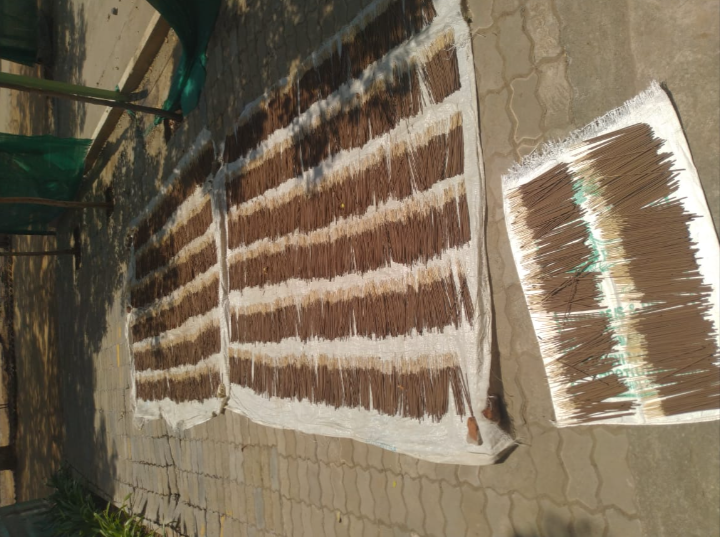
Finally, the incense sticks are spread out and left to dry for a week in a well-ventilated space. From mixing the incense to rolling it and drying it in the sun, it takes around 4-5 days to prepare incense sticks. Once they’re completely dried, they are ready to be packaged and shipped out to customers.
Why Should You Choose Isha Life Incense?
At Isha Life, we are committed to using only the highest quality, natural ingredients in our incense. Each of our incense flavours is crafted with care and attention to detail, ensuring that you receive the highest quality product.
Taking all of that into consideration, following are some of the major reasons why you should consider choosing Isha Incense over other brands.
Isha Life has been certified as ORGANIC by GMP (Goods Manuacturing Practice). It is a system that independently verifies and ensures that all the products being produced follow manufacturing practices and quality standards.
An organic certification authenticates that all the ingredients used in Isha’s incense are safe for humans as well as the environment. Following is a complete list of the ingredients used by Isha Life in the manufacturing of its Incense flavors.
- Cow Dung Powder
- Natural Wood Dust
- Natural Bio Wastes
- Joss Powder
- Natural Resins
- Gums And Flower Extraction Wastes
- All Kind Of Herbs
- Spices
- Fruits
- Fruit Wastes
- Sugarcane
- Coconuts
- Honey
- Natural Essential Oils & Perfume
Because all the ingredients used in the preparation of Isha Life Incense are 100% organic, the chances of irritation or allergic reactions are minimal. However, if you are allergic to a specific ingredient, you can carefully check the ingredients used in our incenses in the product descriptions before purchasing.
All Isha Life’s incense flavors are hand-produced in small batches which eliminates the chances of a chemical reaction between ingredients during the production process. Thus, this makes Isha Life’s incenses safer as compared to mass-produced incense sticks sold in the markets.
You’ll also note that unlike other incense sticks that leave a strong odor after burning on surfaces, Isha’s incense sticks don’t leave any lingering odor! You can burn them indoors without worrying about breathing in any harmful fumes either!

The problem with using plastic packaging is that it doesn’t decompose naturally! The production of plastic also consumes a significant amount of energy and resources, which contribute to increasing our overall carbon footprint.
At Isha Life, we recognize the importance of protecting the environment and have made the decision to use 100% biodegradable packaging for our incense products. Biodegradable packaging is a more sustainable option because it can be recycled or composted.
Therefore, after using Isha Life’s Incense, you can directly dispose its packaging in the soil to let it decompose in a natural manner. This environmental friendly way of packaging helps in reducing our carbon footprint and eventually protecting the planet.
Different Isha Incense Flavors and Their Significance
Incense is used as a tool for enhancing spiritual practice and creating a sense of peace and tranquility in your personal space. At Isha Life, we offer a range of incense flavors. Each of them has its own unique benefits and significance. Let’s take a look at them below.
Jasmine has a pleasant fragrance that soothes your mind and body. It is usually used for relaxing and uplifting your mind and the environment. Known to induce happiness and positivity, this incense flavor can be used during meditation sessions or early mornings.
Sandalwood Incense Sticks
A careful blend of sandalwood powder and essential oils impart this incense a sweet, intoxicating, and woody fragrance. It is believed to enhance spiritual growth and bring about feelings of calm and clarity. This calming scent is perfect for meditation and yoga practice.
The sweet and flowery fragrance of Lavender comes from the interesting blend of Lavender with Sandalwood powder and various essential oils. Lavender is known to possess calming and soothing properties. It is often used to promote relaxation and reduce stress, making it a perfect choice for winding down before bedtime.
A perfect blend of lotus flower along with natural sandalwood powder and various essential oils imparts it a sweet and refreshing fragrance. This mesmerizing fragrance of lotus incense creates a divine environment best for religious ceremonies and poojas.
How Does Buying Incense From Isha Life Support Local Communities?
One of the biggest advantages of buying incense from Isha Life is that it supports over 100 local rural housewives and artisans. You’d be delighted to know that all the ingredients required for preparing Isha Life’s incense are sourced from small farmers and local communities. The incense sticks are then hand rolled by woman artisans!

Isha Life has employed 40 rural housewives that work from home. They are provided with all the machinery to roll the incense sticks. The manufacturing process could be easily automated by upgrading the machinery. However, Isha Life aims to support the rural population, including local artisans, villagers, and housewives.
They are empowering farmers from Maharashtra, Tamil Nadu, Kerala, Karnataka who cultivate the cinnamon trees, sandalwood, and other ingredients needed for the preparation of incense. Therefore, by buying from Isha Life, you support our cause as well!
Summary
Incense or Sambrani has a long and rich history in India and other parts of the world. It is widely used for spiritual practices, and rituals, and as a natural form of aromatherapy. Because of its calming and purifying effects, Sambrani is a popular choice for creating a peaceful and relaxing ambiance.
Anyway, do you use Incense in your everyday life? How does it affect you and your day? Let us know in the comments box below. And if you’re looking to purify the air, relax your mind and body, or simply enjoy the soothing aroma of incense, Isha Life’s flavors of incense are worth giving a try. We hope you’ll have a pleasant experience with them.
| |
|---|
Made of synthetic chemicals | Made of natural ingredients |
| |
Includes phthalates, benzene, & formaldehyde | Include essential oils or plant resins |
May cause allergic reactions | Safe for people & environment |








